With Liverpool facing uncertainty over when they will return to action, and therefore when they will need to be at full fitness, Dr Rajpal Brar explains the likely plan.
The Premier League has been placed on indefinite delay with the coronavirus pandemic in full swing in the UK, with all players under strict orders to stay at home and maintain social-distancing measures to stop the spread of the virus.
All parties will continue to discuss possible return timelines to finish the Premier League season, which brings one key health question to mind.
How are Liverpool players maintaining some level of fitness with Melwood shut down and all players and staff confined to their own homes?
The answer is multi-faceted.
Individualised training programmes
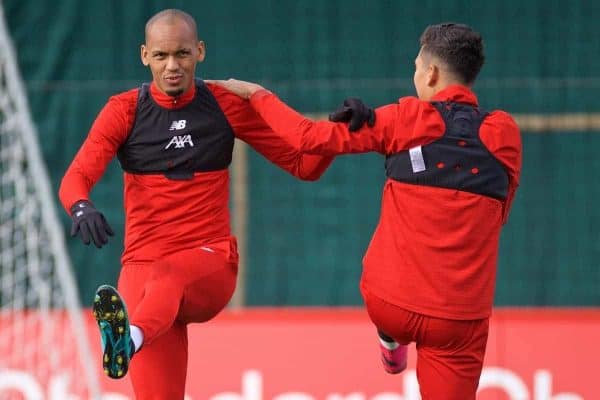
During the season, each player has detailed, individualised training programmes catering to specific fitness needs and demands.
Once news broke that the Premier League would be shutting down for an extended period of time, it’s very likely that these individual programs were then adapted and translated to home workouts.
We know for a fact that the team organised deliveries to each player’s home depending on the equipment needed for their programme and what they did or didn’t currently have access to.
Even with the shipments, it’s likely that advanced fitness goals have been removed in lieu of the current restrictions and simply been shifted to reducing the loss in fitness levels during this extended break.
Maintaining a reasonable level of strength, mobility and cardiovascular levels is possible with a combination of weights, resistance bands, TRX training kits, cardio equipment—like Bobby Firmino with his exquisite curved treadmill—and new technology like blood flow restriction (BFR) training.
https://www.instagram.com/p/B-kGsZ8l469/
But what’s really difficult to maintain is what’s known as ‘neuromuscular adaptations’, which refers to how efficient the nerves become at activating and coordination muscle and joint movements during high-intensity training.
These adaptations require a level of intensity and power that isn’t available to players unless they have an extremely high-end home gym (eg. full squat rack with droppable weights, Keiser machines, dynamic resistance trainers etc).
Communication and check-ins
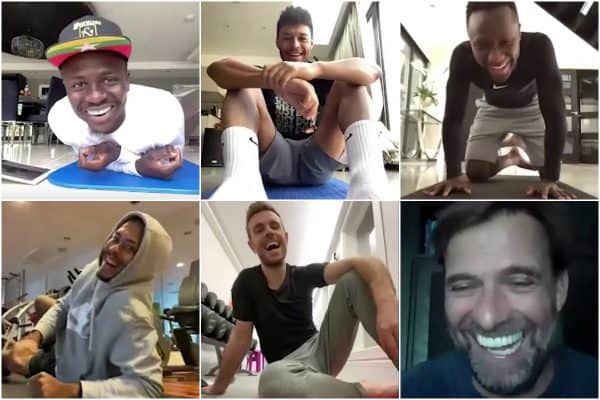
Video conferencing has become the main source of communication between players and training staff, with each checking in regularly and likely discussing their current fitness, progression and possibly adapting the routines to maintain a training effect on the mind and body.
Further, sports science staff are able to collect and monitor data from players’ training and discuss.
Players have been encouraged to train together on group sessions via video conferencing like Zoom. In addition to maintaining some sense of normalcy, human contact and camaraderie, nothing motivates like working out alongside others, regaining that competitive flow and possibly getting skewered by team-mates on social media!
On the mental side of things, the team has been proactive in addressing potential mental health issues and anxieties that naturally come along with increased social isolation, significant changes in lifestyle, routines and environment via calls with sports psychologist Lee Richardson.
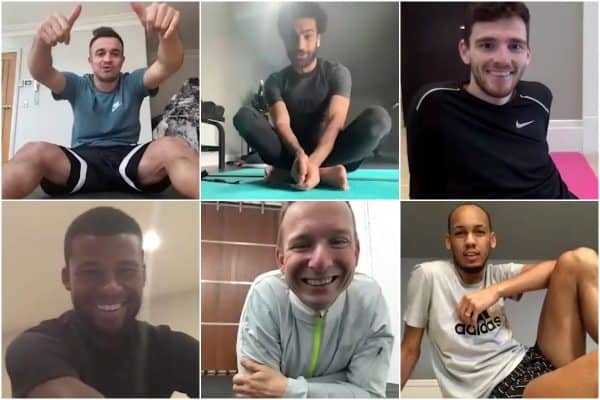
Players continue to receive guidance from head of nutrition Mona Nemmer—this isn’t vacation after all!—on nutritional needs and quantities, and the team dispatches food shipments to those players requiring it.
Lastly, Jurgen Klopp remains in contact with the players via WhatsApp and in addition to likely providing his unique sense of perspective, is keeping the boys motivated and ready for a renewed effort.
The hardest hit players
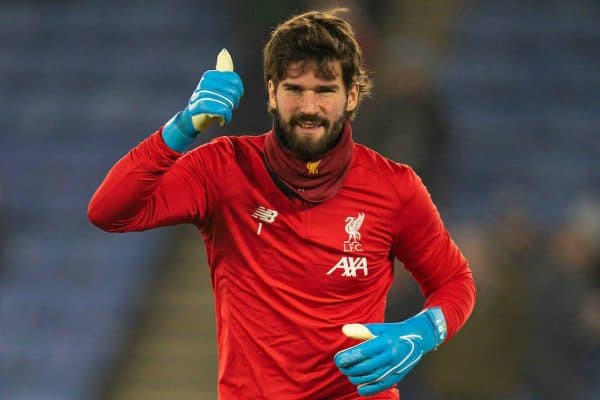
The players hit hardest by the stoppage and lack of access to facilities and staff are likely those who were in the midst of the physio and return-to-play process.
For example Alisson, with his hip injury, who benefits immensely from close supervision, treatment and constant reassessment.
Xherdan Shaqiri, Nathaniel Clyne, Paul Glatzel, Caoimhin Kelleher and Yasser Larouci have also been following recovery schedules as they overcome long-term issues.
These players are still being closely monitored at home, but nothing can take the place of in-person expertise during sensitive and critical rehab periods.
Moving forward
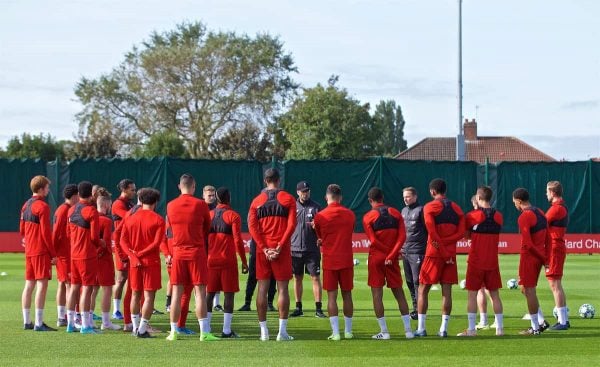
The reality is even with all the measures taken by the club and players, there’s still going to be a loss in overall fitness.
Nothing can replicate the mental and physical fitness of in-game intensity and right now players aren’t even allowed to work on the pitch to maintain their technique.
At maximum, you can fill a player’s schedule for two to two-and-a-half hours per day with in-home training, but that still leaves the majority of the day (some FIFA maybe?).
The question moving forward, if the Premier League does in fact return, is how much of a re-acclimation period is required to level off player safety concerns and not have games looking like Saturday morning 7-a-side with the boys, especially if the solution is a truncated season with a festive schedule-like blur of games.
Typically, the only time players have this long of a break is over the summer of a non-international tournament year, and even with a training camp and pre-season friendlies that can span over four weeks there’s an early surge in injuries and games tend to be quite sloppy.
In this case, I highly doubt we’d see anything near a month’s re-acclimation period, and players and teams would be thrust back into the home stretch of the season where matches and points matter that much more, all the while trying to regain some sense of normalcy.
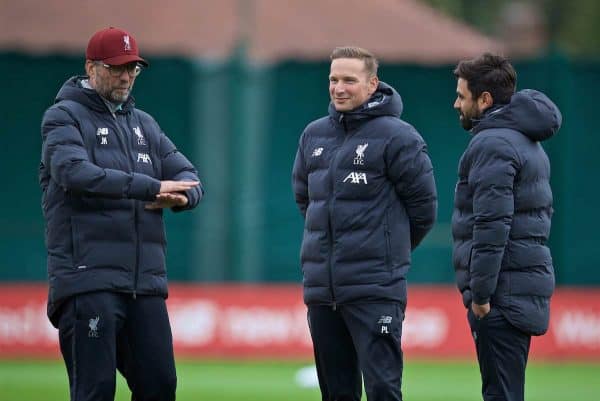
Liverpool health and fitness staff not only have to plan for the return of this season but also a potentially rushed 2020/21 Premier League season followed by the 2021 Euros and Copa America.
The team’s success very well may come down to how much they can mitigate current fitness loss and then building those margins back up later.
The team is doing everything in their power to ride out the current situation that’s full of questions—but no concrete answers.
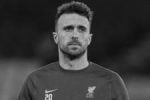
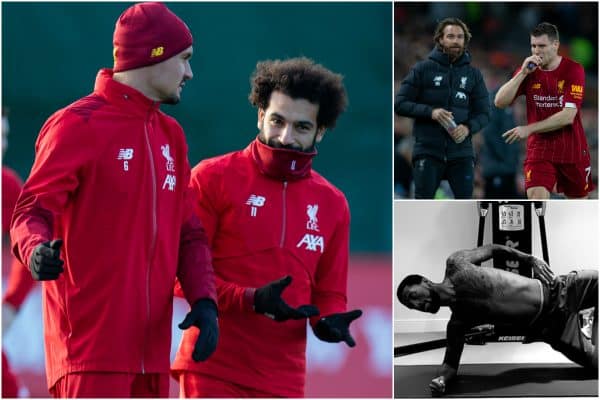


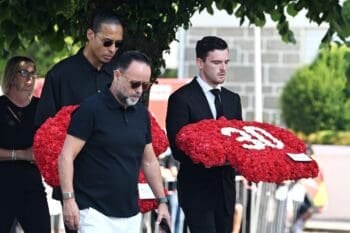
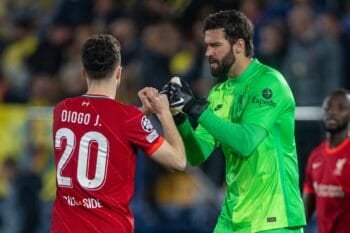
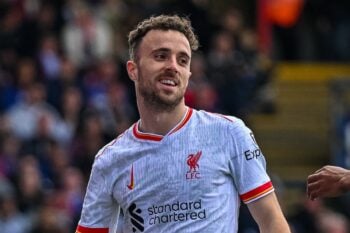
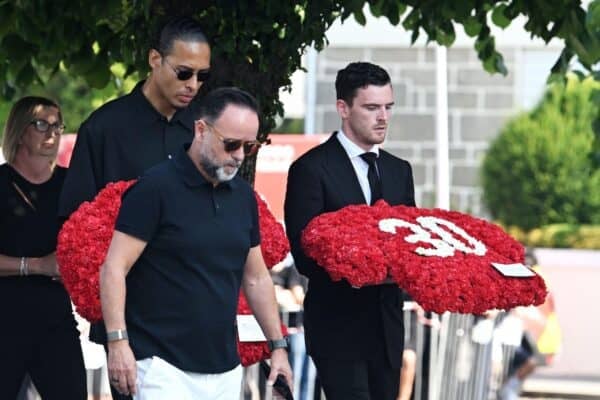
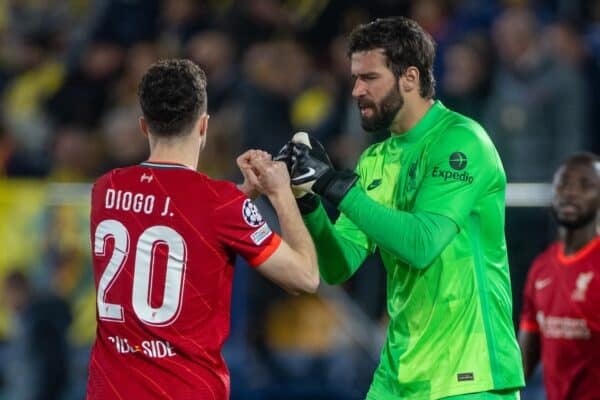
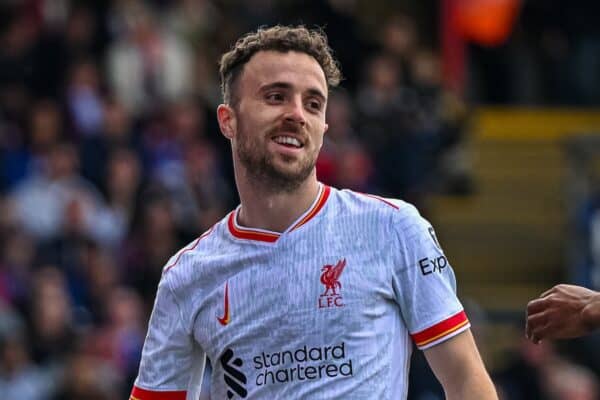
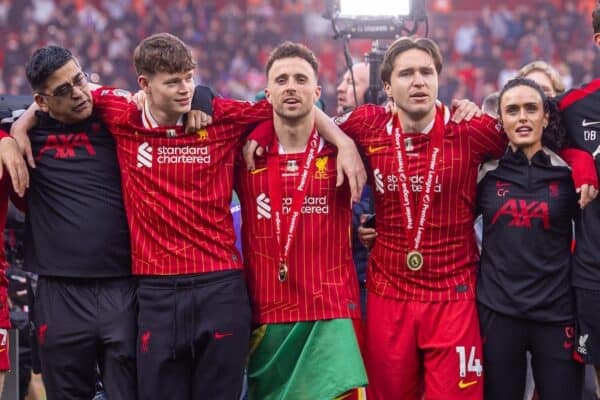
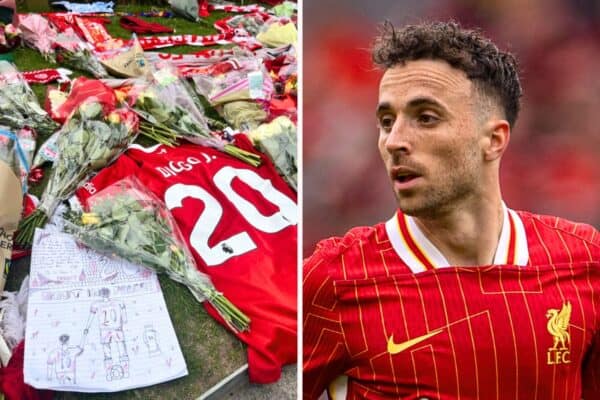
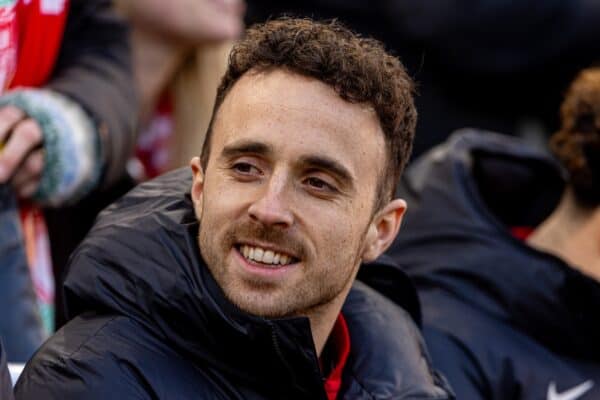
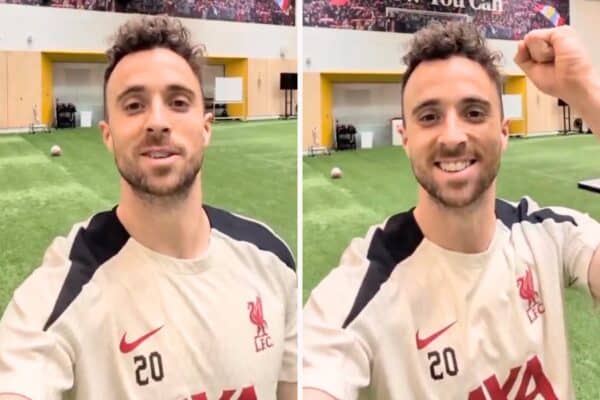
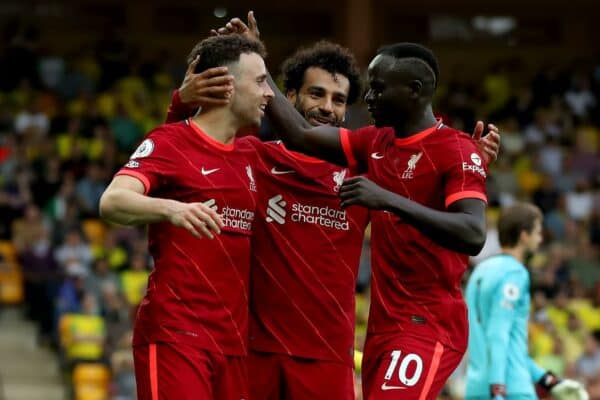



Fan Comments